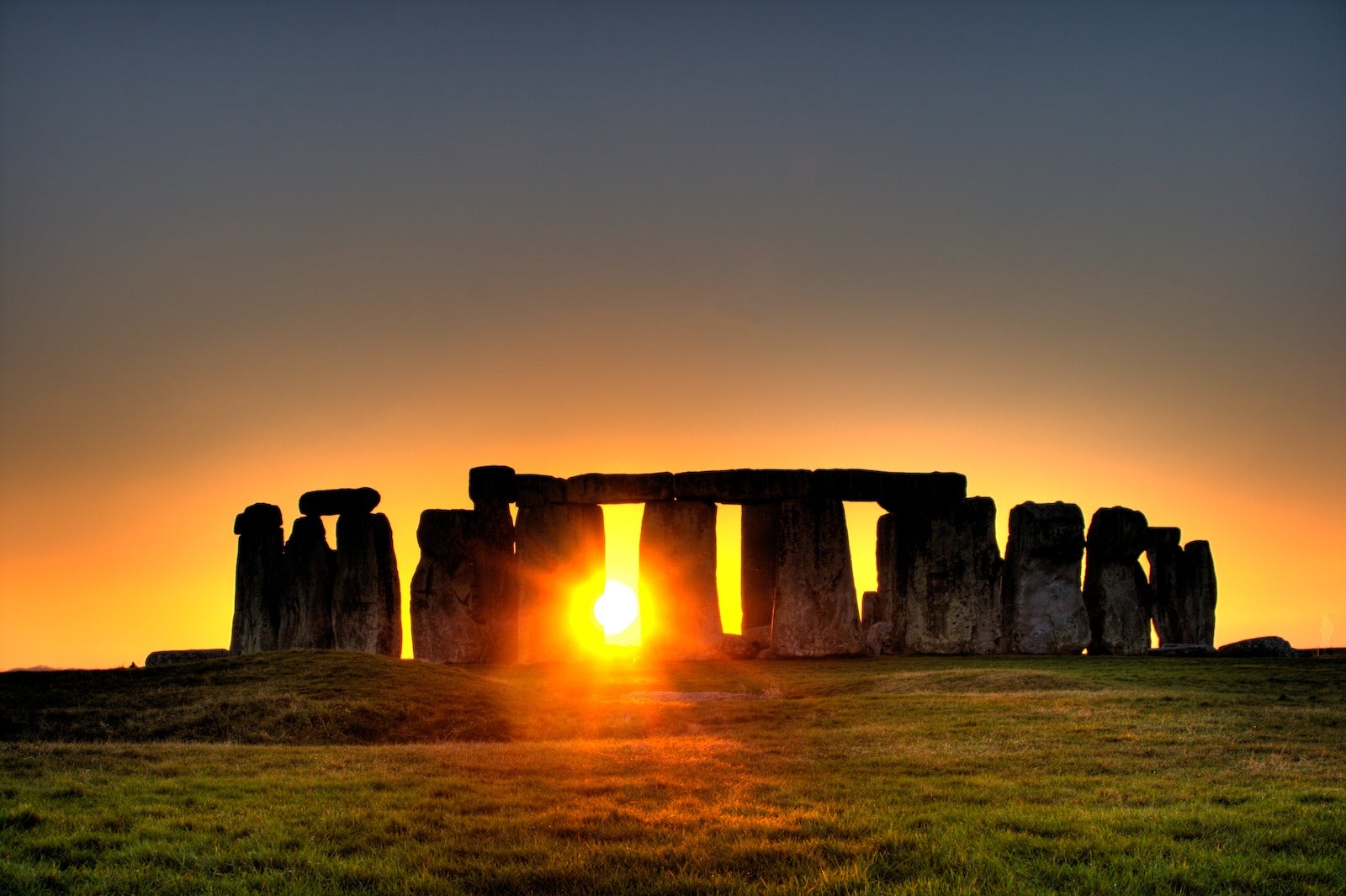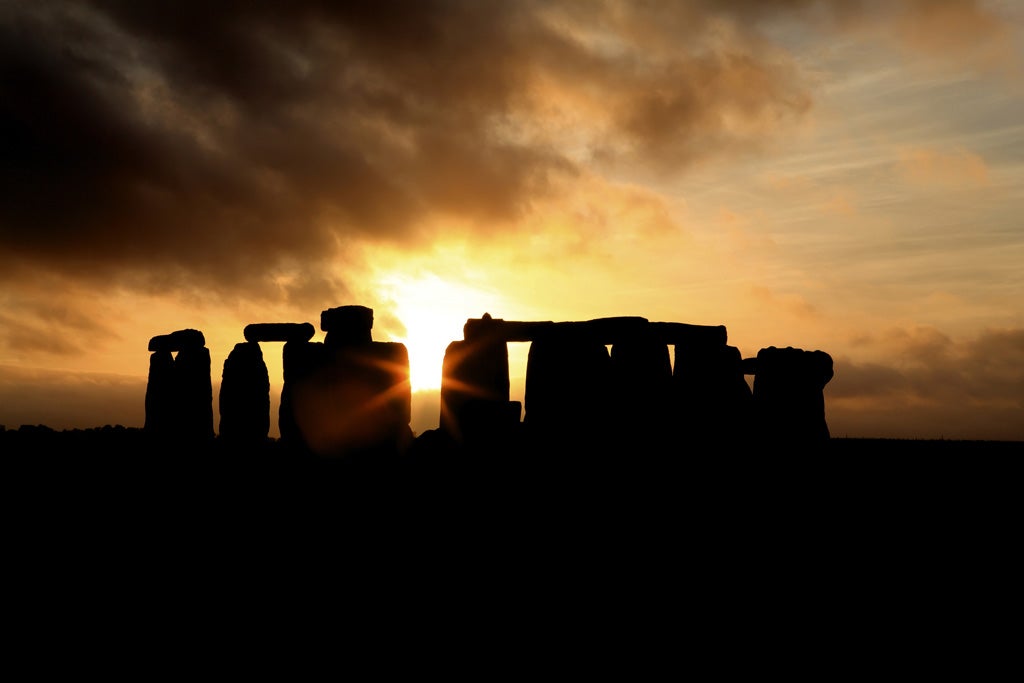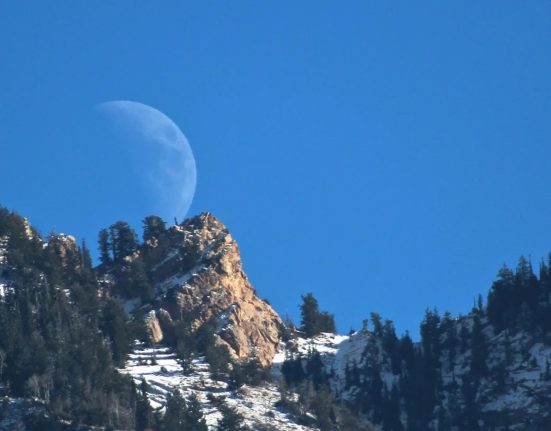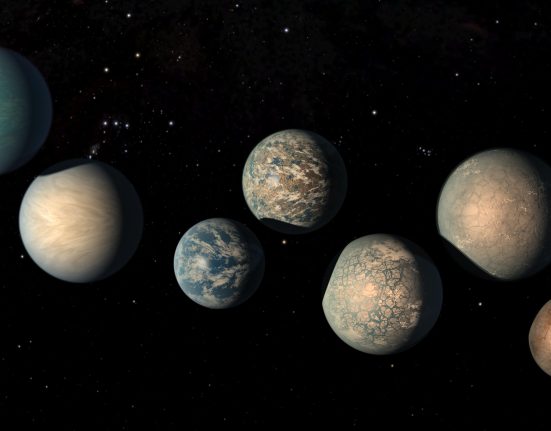
The sun rises at Stonehenge. Credit: Wikimedia Commons.
Ancient archaeological sites (such as Stonehenge) were built so that the Sun would shine through a certain opening on some special day (usually a solstice). Wouldn't the precession of the Earth change the geometry of the situation over the years?
Michael C. West
Bethesda, Maryland
If you are lucky enough to be in the center of Stonehenge at the summer solstice, you will see the sun rise over the Heel Stone, as it has for millennia. The Heel Stone was erected outside the main ring of stones around 2600 BC. C. This rock marked the point of sunrise on the summer solstice, and still does so about 4,500 years after its placement.
To understand how the “wobble” of the 26,000-year precession cycle has no discernible effect on the sunrise and sunset points of the Sun, let's imagine the celestial sphere of stars around us. Its horizon, which runs from north to east, south, west and north again, is a circle. Now, let's imagine shining a bright light at the center of the Earth and projecting our planet's equator onto the celestial sphere. The Earth's equator then becomes another circle: the “celestial equator.” Finally, plot the Sun's apparent annual path against the background stars to make a final circle. This is the ecliptic. The Sun crosses the celestial equator twice a year at the March and September equinoxes. The Sun's highest point, 23½° above the celestial equator, occurs on the June solstice. The Sun's lowest point, 23½° below the celestial equator, represents the December solstice.

Precession causes the Earth's poles to circle the celestial sphere, moving our current North Star, Polaris, closer or further from the North Celestial Pole every 13,000 years. But precession does not affect the ecliptic or the angle between the celestial equator and the ecliptic. As a result, it does not affect the position of the Sun with respect to the horizon. The relationship between these three circles remains the same as the millennia pass, which is why a monument like Stonehenge continues to mark the sunrise and sunset after 4,500 years.
Raymond Shubinski
Contributing editor
This article was first published in 2014 and has been updated.












Leave feedback about this